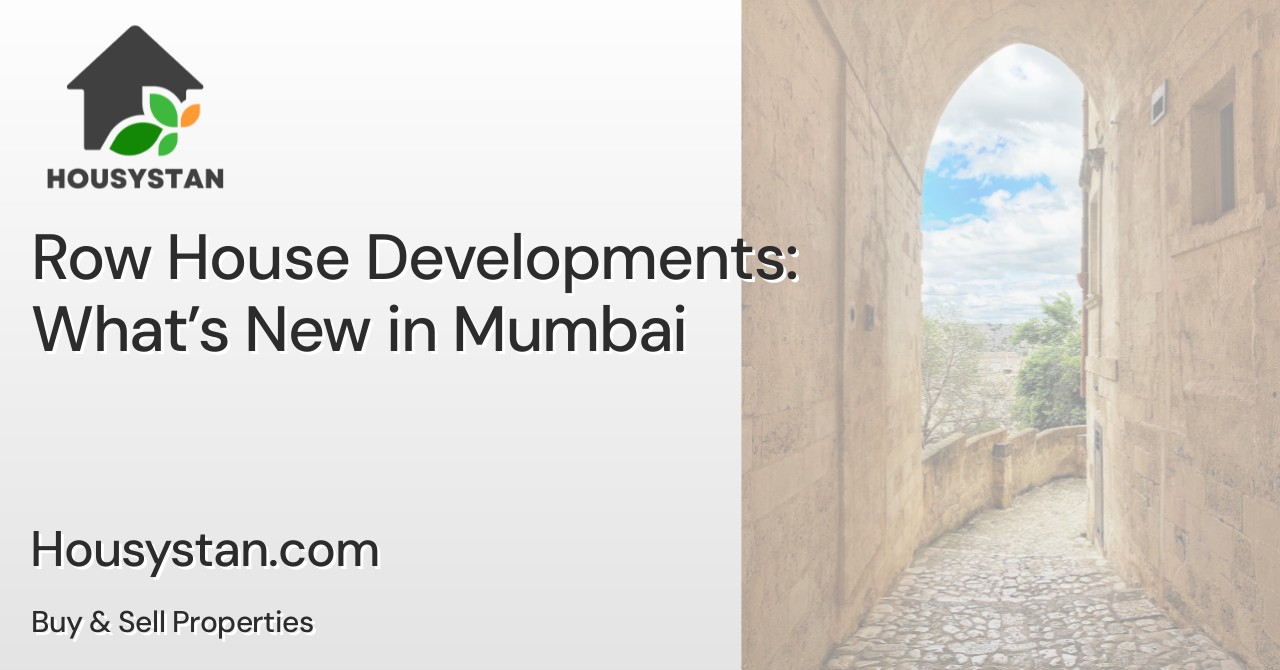Row House Developments: What’s New in Mumbai
Read latest blogs and articles from Housystan

The Information mentioned here was last updated on:
28/12/2025Row house developments in Mumbai are rapidly transforming the city's real estate landscape, offering a fresh alternative to traditional apartment living. As one of India's most dynamic metropolitan areas, Mumbai is witnessing a surge in demand for unique residential options that combine privacy with modern amenities. Row houses, popular in both emerging and established neighborhoods, are catering to a diverse clientele, including families, professionals, and investors seeking long-term value. With Mumbai’s ever-expanding urban population, these developments are becoming a sought-after choice for homebuyers aiming for comfort and exclusivity.
One of the latest trends in Mumbai's row house projects is the emphasis on sustainable construction and eco-friendly design. Developers are integrating green spaces, rainwater harvesting systems, and solar panels, which not only enhance the living experience but also contribute to environmental conservation. These environmentally conscious features appeal to residents who prioritize a healthier lifestyle and want to reduce their carbon footprint within the bustling city environment. Additionally, row houses are often located in well-planned communities, offering residents access to clubhouses, parks, jogging tracks, and children’s play areas.
Another significant factor driving the popularity of row house developments in Mumbai is the strategic choice of locations. Areas such as Thane, Panvel, Malad, and Kandivali are witnessing a boom in new projects, providing excellent connectivity to business hubs, educational institutions, and healthcare centers. These neighborhoods are ideal for those looking for a balance between city access and peaceful surroundings. Moreover, with Mumbai’s real estate market continually evolving, row houses present a lucrative investment opportunity due to their increasing demand and limited supply, ensuring robust appreciation potential.
- Verified Tenants/Buyers
- Unlimited Property Listing
- Zero subscription/charges fee
For buyers and investors searching for the best row house developments in Mumbai, it is crucial to consider factors such as developer reputation, amenities offered, location advantages, and future growth prospects. Exploring these aspects ensures a smart investment and a comfortable lifestyle. As Mumbai continues to grow, row house communities stand out as a modern residential solution, blending tradition with innovation, and providing an unmatched living experience in India’s financial capital.